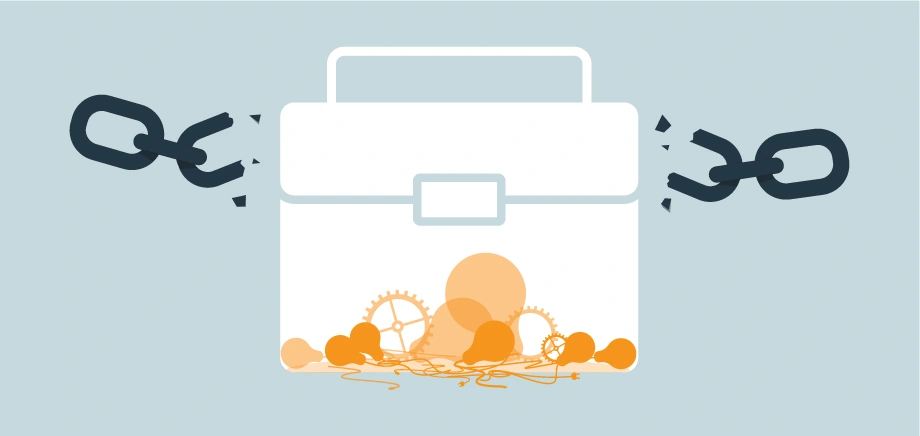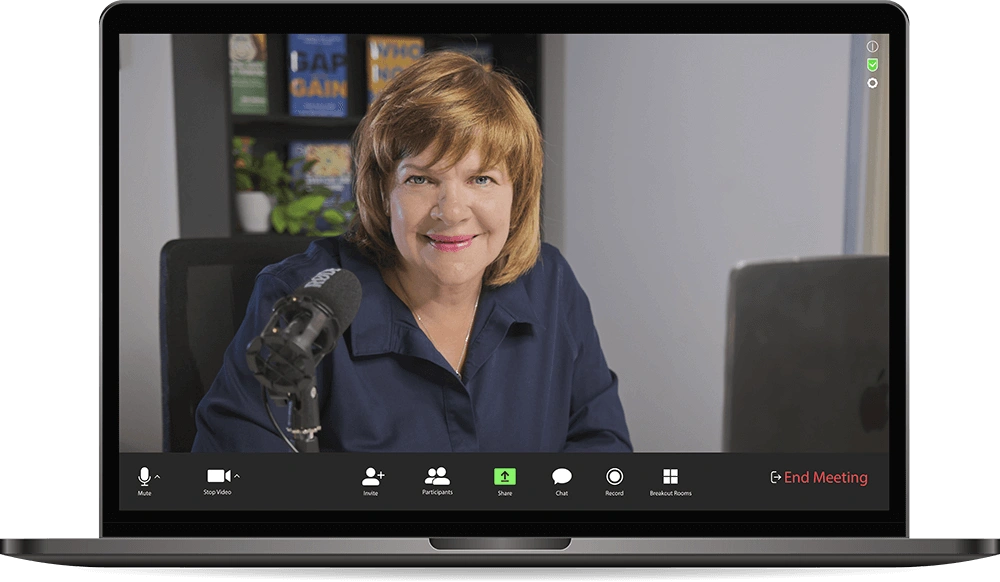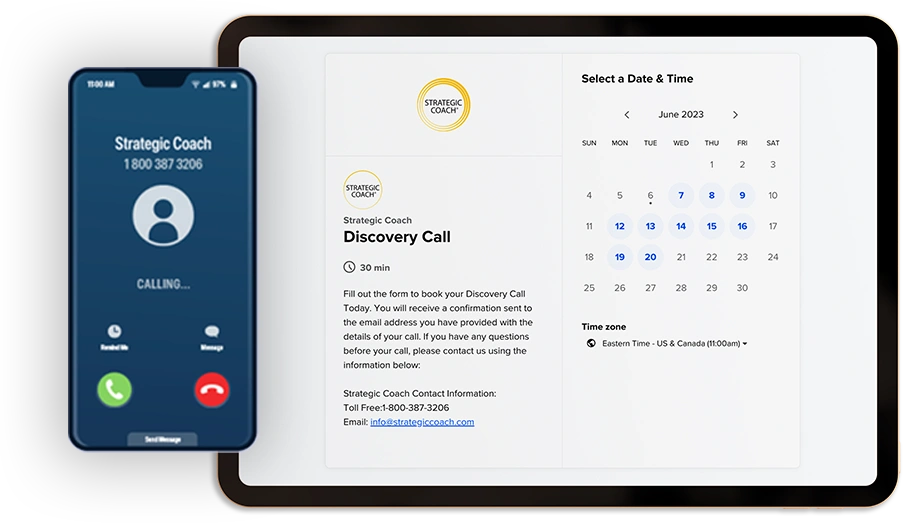Your Business Is A Theater Production: Your Back Stage Shouldn’t Show On The Front Stage
As originally published on Forbes.com
One of the biggest challenges (and opportunities) for businesses is to create an experience for their clientele that is unique, special, and just a little bit mysterious. You want people to wonder, ”How do they do that?”
Instead of just focusing on customer service, think about your business as a theater production, with a front stage and a backstage. Your front stage is everything that your clientele sees, touches, and experiences, and the backstage is where all the hard work happens to create a first-class production.
Just like when you go to see a play or a musical, you want to be able to suspend your disbelief and get into the story and be captured by the experience. If anything happens to disrupt that experience — e.g., an actor misses his or her cue, a light crashes on the stage, or there’s a wardrobe malfunction — your attention is taken off the moment, and you lose the magic.
Your company is the same. The more your company creates a compelling, well-packaged, and positive experience, the more valuable you are to your clientele.
What doesn’t work? Having your backstage show on the front stage. In a retail environment, this is when you hear salespeople complaining about the schedule instead of serving you, or seeing boxes of inventory in the back and not out on the shelves. For call centers, it’s when customers hear typing and people talking in the background. In other businesses, it’s when employees give all the reasons why the customer didn’t get what they expected: the computers are down, “we’re out of stock,” or the driver is sick. None of that matters to your customer — that’s all backstage. What matters is that you’re going to deliver the experience your customer was expecting.
Want to equip your team to create a unique and well-packaged experience for your clients? Discover more of Shannon Waller’s strategies in her book The Team Success Handbook.
At Strategic Coach, we coach our clients to look at their companies this way and to take this model back to their teams. And teams love it. They immediately grasp the idea and brainstorm how to simplify backstage systems, communication, and teamwork to provide a better front stage experience.
Here are three things you can do right now to get started:
1. Do a front stage audit, ideally with your team. Give everyone a clipboard and pen, start at the front door, and work your way through all the areas that clients, partners and suppliers see when they visit. Or if you’re a virtual business, what’s the call-in experience? Have everyone take notes on what’s working and what can be improved. For example:
- What are you doing really well on your front stage?
- What do your clients love about working with you?
- What do your vendors and partners appreciate?
- Now, what don’t they love?
- What do they constantly call you about?
- Where are they confused? Where do they get stuck?
List your findings and figure out one or more strategies for strengthening each area.
2. Finetune your backstage. Your front stage can only be as good as the backstage that supports it. Don’t skimp in this area. Just as in the theater, everyone needs the proper tools to do their work well. Your team will feel taken care of and heard. Here’s what to look for:
- What do you do well in terms of your processes and systems for delivering your first-class production?
- What could be better?
- Where do you get frustrated, annoyed, or stuck?
- What processes are slow or out of date? Where are the bottlenecks and how could you fix them?
What improvements can you make right away? Can you utilize technology to make things less labor-intensive? Do you need to rearrange some responsibilities or hire someone?
Note: As companies grow, it’s very common to notice backstage processes that are no longer useful. If you find there are meetings, reports, or processes that don’t create any value on the front stage, feel free to stop doing them and see if they’re missed. A good example would be when you ask someone why they’re doing something and they answer, “Because it’s the way we’ve always done it.”
3. Be sure your backstage team knows how their efforts contribute to front-stage results. Your operations, accounting, and human resources teams have a big impact on your clientele and the people who serve them, but they may not feel connected to it or recognize how valuable they are. It’s also important for everyone to know who their audience is, even if they’re not directly involved with clients.
By looking at your company from the front-stage/backstage perspective, you’ll gain new insight on how to create an even better experience for clients, and make sure that your backstage isn’t showing.







